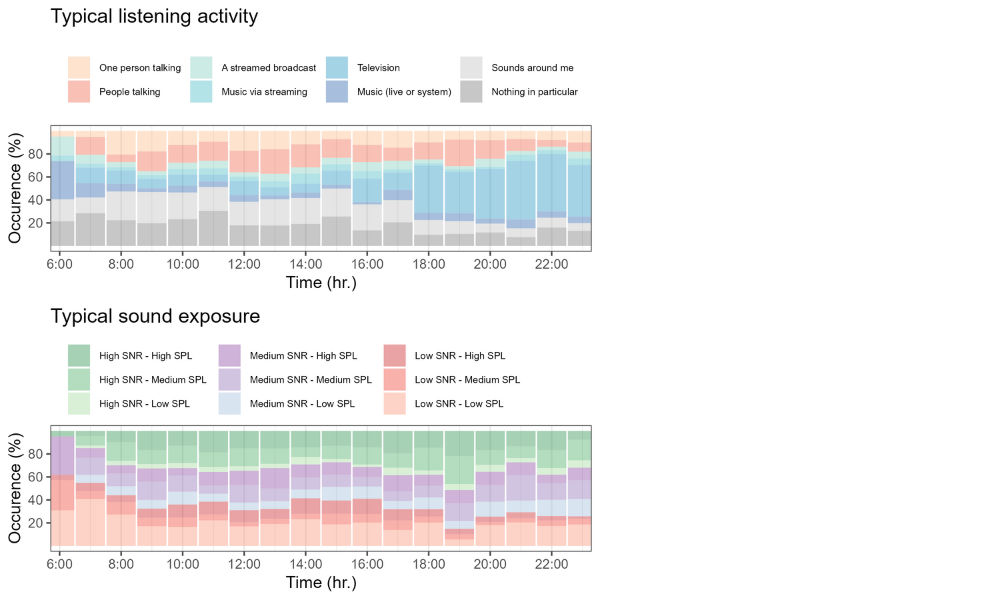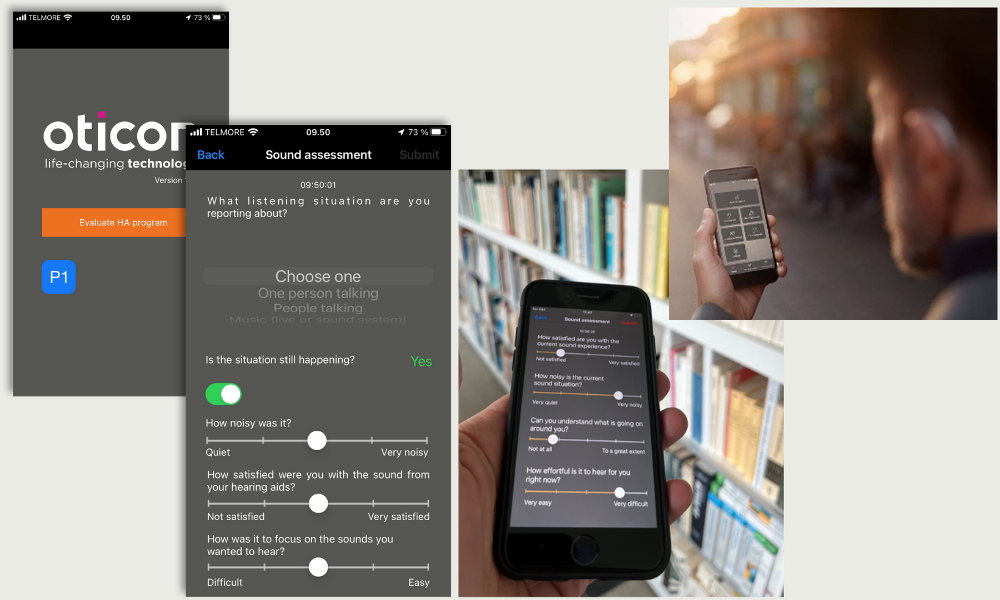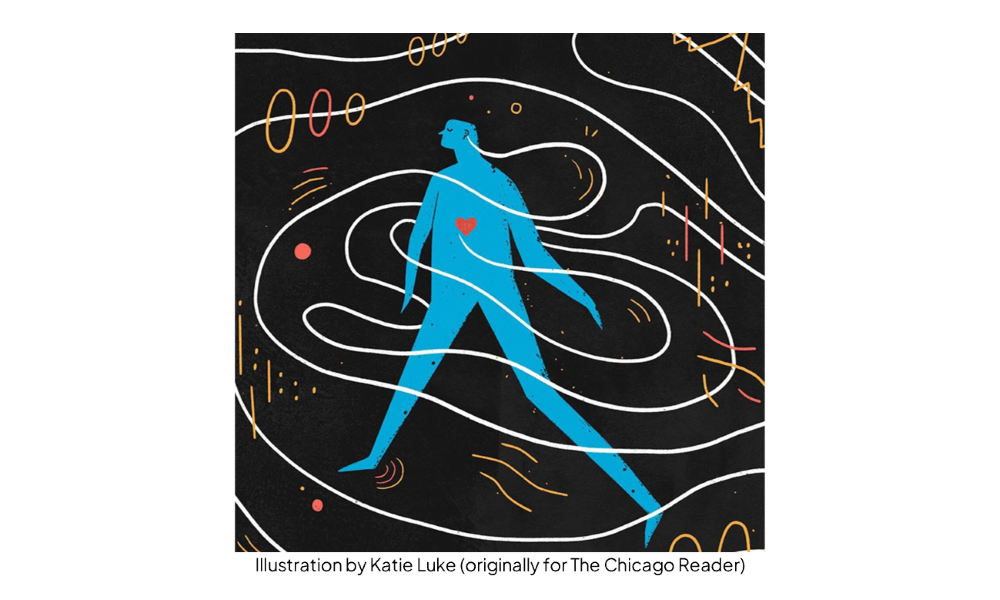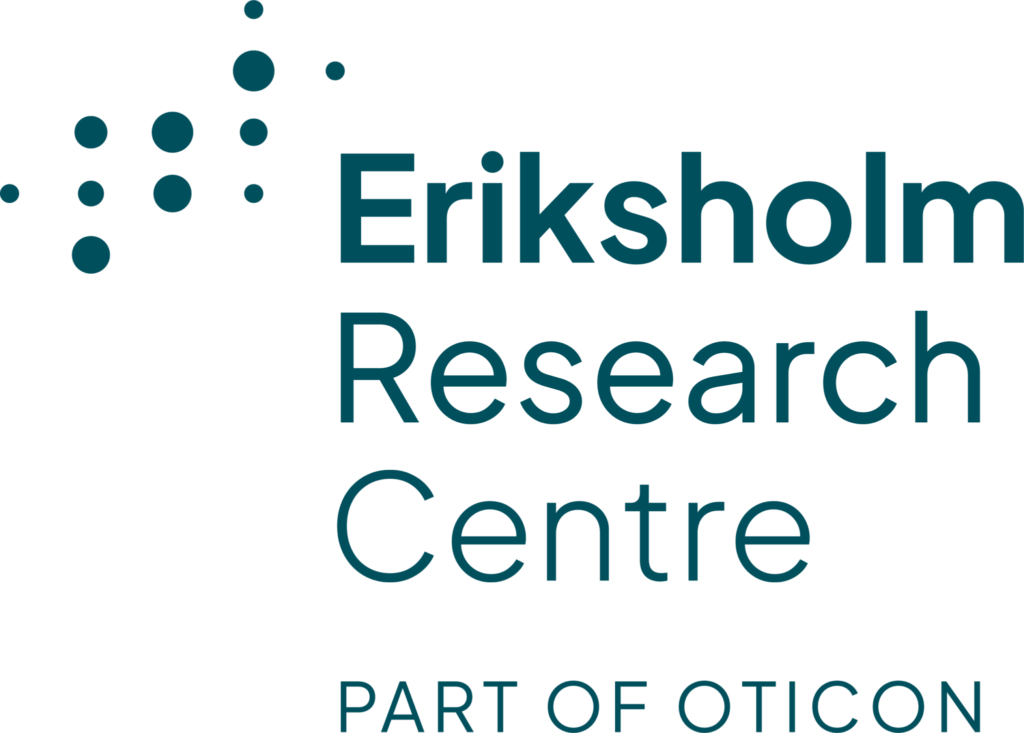Introduction
New hearing-aid technology and listening programs aim to enhance users’ listening experiences, but they are seldom assessed in real-world settings. Consequently, the impact on everyday hearing satisfaction may be sub-optimal or even detrimental, despite clear evidence of benefits, such as improved speech intelligibility, from clinical laboratory tests. Therefore, a better understanding is needed of how real-world hearing satisfaction is influenced by hearing-aid interventions in interaction with the myriad of daily-life factors that can affect hearing, such as ambient noise levels, listening intentions, and fatigue.
Aims
The scope of this project is to develop and refine methodologies for recording and interpreting listening-related outcomes in daily life. A secondary objective is to apply these methodologies to hearing-aid users to evaluate different hearing-aid technologies and generate audiological insights into hearing-health behavior and preferences. We expect that the insights and findings will be relevant for future hearing-aid development and beneficial in the clinical support of hearing-loss rehabilitation.
Ecological Momentary Assessments can be filled-out in everyday situations via a smartphone. Answers can be linked to contextual information about listening activity (self-reported) and sound environments (logged by hearing-aid microphones). Note: Data are based on a study with 40 experienced hearing aid users completing a 28-days field trial.

Methodology
The project conducts field trials where participants report their listening experiences using smartphone-based apps. Simultaneously, continuous data-logging of environmental factors (e.g., sound environments) and other objective data (e.g., physical activity or heart rate) is employed to contextualize these reported experiences. This approach, known as Ecological Momentary Assessments (EMAs), aims to sample experiences throughout the day to better generalize the potential effects of hearing-aid interventions, or to increase audiological insights.
Results
We have identified a clear contextual effect of hearing-aid noise reduction (i.e., automatic noise reduction and beamforming) in daily life, highlighting that benefits are most pronounced in environments with a mix of speech and background noise (Andersson et al., 2021). This contextual effect would not have been discovered without environmental data-logging. Additionally, we have demonstrated that increasing high-frequency gain for users of bone-conductive devices does not enhance daily-life hearing satisfaction, as might be expected from laboratory tests. Instead, it results in decreased satisfaction and increased loudness perception (Bosman et al., 2021). Methodologically, we have recently shown that Ecological Momentary Assessments (EMAs), particularly when combined with continuous data-logging, can yield highly accurate predictions about individuals’ preferences for hearing-aid technology (Christensen et al., 2024).





